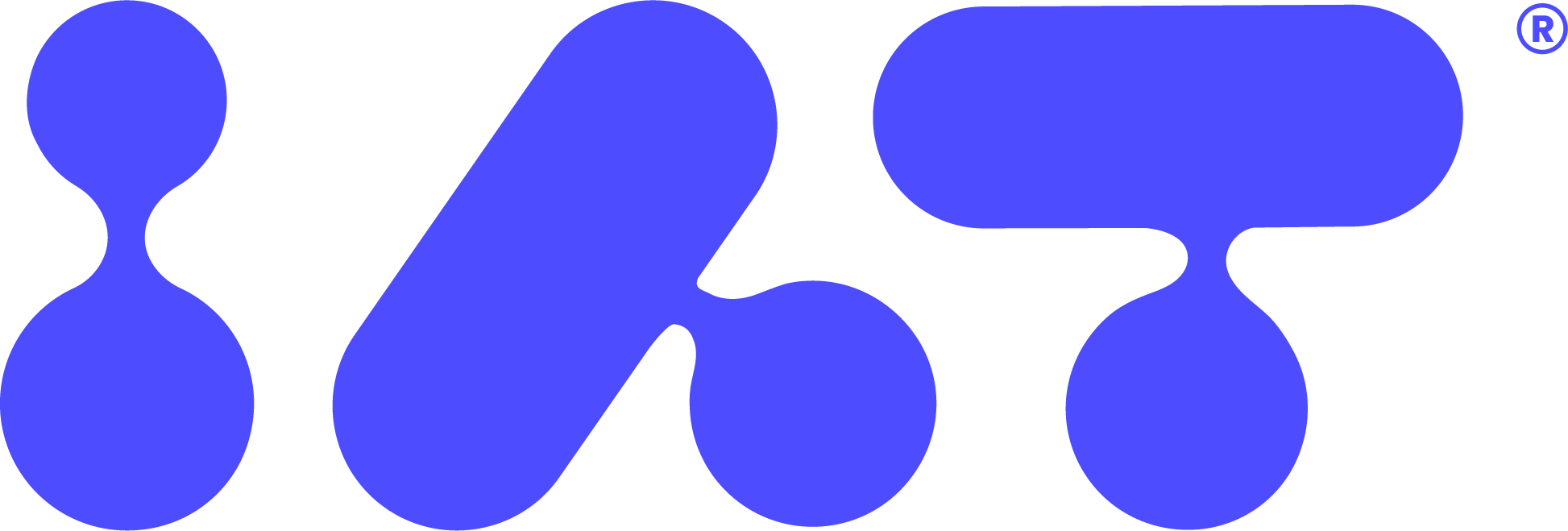Scrum methodology: What it is and how to use it
Welcome to the forefront of technological innovation, where the future is forged with every line of code and every disruptive idea. In the fascinating world of Deep Tech, where artificial intelligence, 3D design and cybersecurity converge, among many other things, it is essential to use agile methodologies that drive the exponential growth of start-ups. On this journey into the future, there is no tool more powerful and revolutionary than the Scrum Methodology.
Unravelling the Scrum Mystery
What is Scrum?
Scrum is not just a buzzword in the tech universe, it is a philosophy, an approach that redefines the way start-ups face challenges and bring their ideas to life. Imagine a development team that not only works together, but adapts agilely to changes, learns from each iteration and delivers value continuously. That is Scrum.
Fundamental pillars
- Transparency: All processes and tasks are visible to all team members, encouraging communication and informed decision-making.
- Inspection: Through continuous reviews, the team evaluates their performance and adjusts their approach to optimise the delivery of products or services.
- Adaptation: Scrum embraces flexibility and adaptability, enabling quick adjustments in response to market changes or customer requirements.
Roles in Scrum
Product Owner
This is the visionary, the dream architect. The Product Owner defines the product’s functionalities and sets priorities to maximise its value.
Scrum Master
The master facilitator. The advocate of the processes. The Scrum Master guides the team through the principles of Scrum and removes obstacles to maintain a steady workflow.
Development Team
The heroes behind code and design. The development team is multifunctional and self-organised, taking responsibility for delivering complete product increments.
Scrum events
Sprint
Sprint is the basic unit of work in Scrum. It is a short, fixed period (usually 2 to 4 weeks) in which the team commits to deliver a product increment.
Review of Sprint
At the end of each sprint, the team presents the results to the Product Owner and other stakeholders, obtaining valuable feedback.
Retrospective
Retrospective is an opportunity for the team to reflect on their performance and constantly look for ways to improve.
In the business world, where every second counts and innovation is the currency, Scrum is the catalyst for transformation. Adopting this methodology not only drives the speed of development, but also fosters a culture of collaboration, adaptability and continuous improvement.
Dive into the Scrum world, embrace agility, and get ready to take your start-up to new heights on this journey into the unknown. The next technological revolution is just a sprint away. Onward, pioneers!

